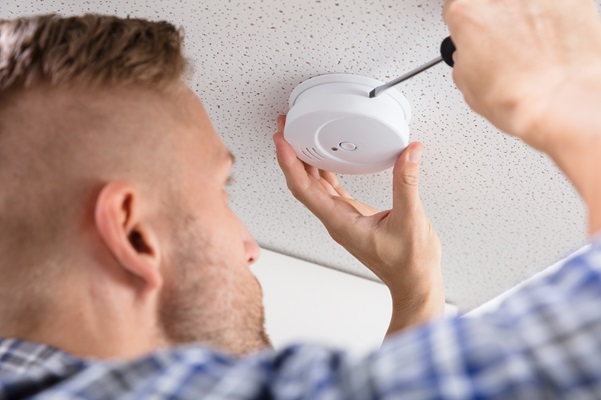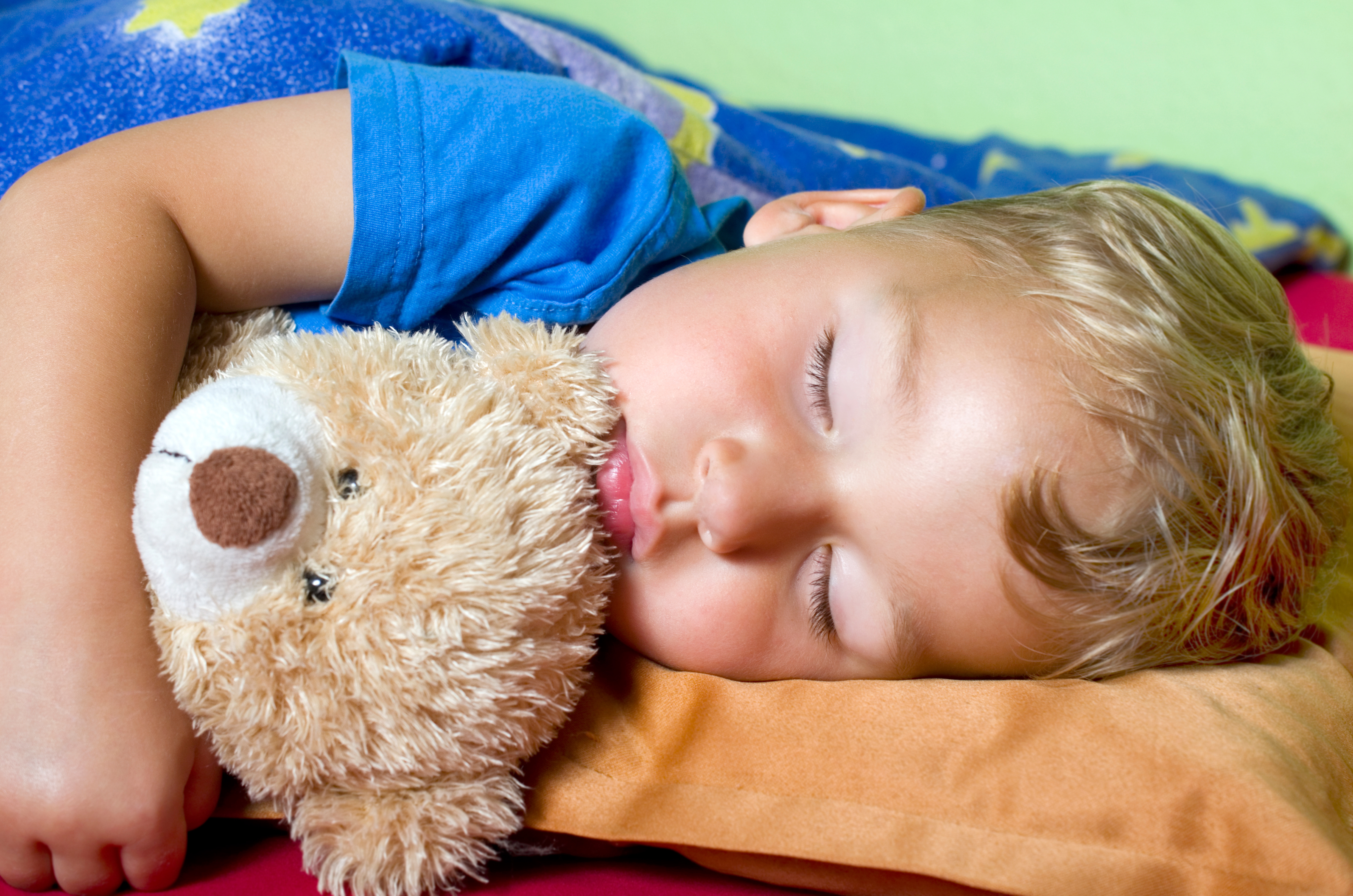Is There a Silent Killer in Your House?
February 13, 2018

Harsh winter months can throw some big obstacles in the way of our health and well-being - ice, snow, cold, flu - can all cause discomfort, sickness or injury and we, as parents, try to shield our little ones from it all. The colder months can be dangerous for another reason that we may not think about. During winter, carbon monoxide (CO) poisoning rates are at their max with nearly 500 deaths each year, most of which occur between December and March. Carbon monoxide is commonly known as the “silent killer” because there is nothing visible or tangible about the poisonous gas; it’s odorless, tasteless, colorless, pretty much undetectable. And you don’t know you’ve fallen victim to it until it’s too late. In fact, carbon monoxide poisoning often happens when people are sleeping.
How does it happen?
During colder months, we are heating our homes and cars and more likely to use supplemental heating sources or generators in power outages - all of which can cause carbon monoxide poisoning. Carbon monoxide is a byproduct created when carbon-containing fuels like wood, coal, natural gas, methane, gasoline, oil or kerosene don’t completely burn. Gas-powered furnaces and gas, oil and kerosene heaters, propane stoves or generators can all emit carbon monoxide if they aren’t used properly or if they are faulty in some way. “When CO is inhaled, it inhibits the function of the body to carry oxygen-fueled blood to the vital organs, especially the brain and heart,” explains Samone Nore, MD, St. Luke’s University Health Network.
What are the symptoms?
Dizziness, nausea, fatigue, confusion - unfortunately, all of these can also be signs of other things, like the flu, which is also widespread this time of year. When someone is overcome by carbon monoxide poisoning, they become unconscious, rendering them powerless to remove themselves from the situation and get fresh air. “Kids can be extra vulnerable to carbon monoxide poisoning because they tend not to communicate symptoms,” says Dr. Nore. “Or, if they do, parents may mistake it for something else, like the flu, which is also prevalent during the winter months.”
How can we prevent it?
It really doesn't matter what heating sources you use, you should have your system checked regularly for faulty or malfunctioning ventilation.
● Have your water heater, gas, oil or coal burning fireplaces inspected once a year to make sure they are operating properly and efficiently.
● Make sure all gas, oil and kerosene heaters are working too.
● Don’t burn anything in an unvented fireplace or stove.
● Don’t ever start a car in an unopened garage - it may be great to get into a warm car, but make sure the garage door is always open or better yet, move the car outside to start it. And even if you do start your car outside, make sure the exhaust pipe isn’t covered with snow or mud.
● Make sure your chimney and flue are clear from debris as this can cause a blockage that would result in carbon monoxide flowing back into the house.
● Never use a gas range to heat your home (even in the event of a power outage when it may seem like a good idea.)
Take away
Be aware of the signs and symptoms of carbon monoxide poisoning and make sure you have a carbon monoxide detector on every level of your home. Check the batteries every few months and if the detector goes off, heed it’s warning and get out into fresh air immediately!
Media Contact:
Sam Kennedy, Corporate Communications Director, 484-526-4134, samuel.kennedy@sluhn.org
About St. Luke’s
Founded in 1872, St. Luke’s University Health Network is a fully integrated, regional, non-profit network providing services at nine hospitals and nearly 300 outpatient sites. With annual net revenue of $1.7 billion, the network’s service area includes 10 counties: Lehigh, Northampton, Carbon, Schuylkill, Bucks, Montgomery, Berks and Monroe counties in Pennsylvania and Warren and Hunterdon counties in New Jersey. Dedicated to advancing medical education, St. Luke’s is a major teaching hospital – the only one in the Greater Lehigh Valley. In partnership with Temple University, St. Luke’s created the region’s first and only regional medical school campus. It also operates the nation’s longest continuously operating School of Nursing, established in 1884, and 23 fully accredited graduate medical educational programs with 189 residents. Repeatedly, including 2017, St. Luke’s earned Truven’s 100 Top Major Teaching Hospital and 50 Top Cardiovascular Program designations, in addition to other honors for clinical excellence. St. Luke’s, utilizing the EPIC electronic medical record (EMR) system, is a multi-year recipient of the Most Wired award recognizing the breadth of St. Luke’s information technology applications such as telehealth, online scheduling and online pricing information. St. Luke’s is also recognized as one of the state’s lowest cost providers.
Latest News

December 30, 2025
SLUHN Joins National Study on New Shoulder Replacement Technology

December 23, 2025
St. Luke's Top Baby Names for 2025

December 17, 2025


